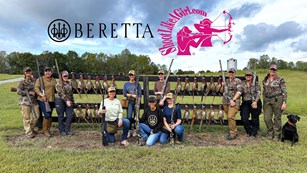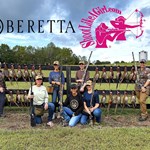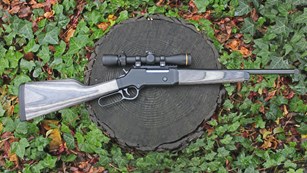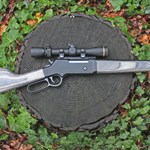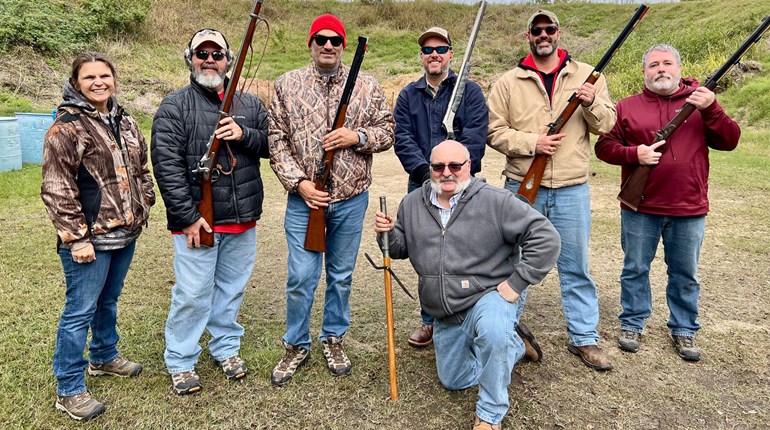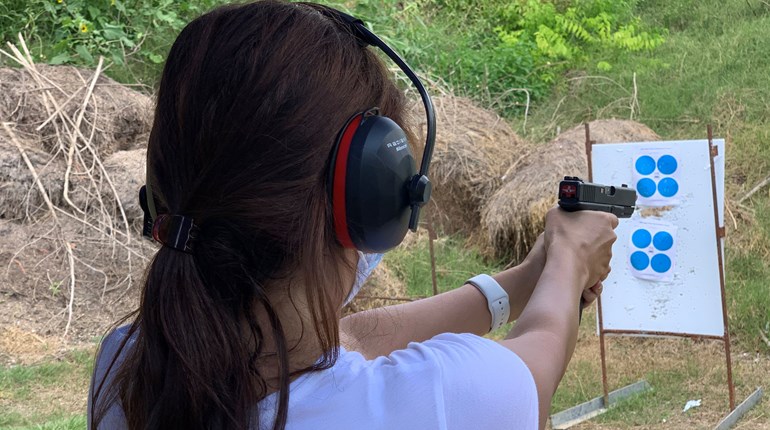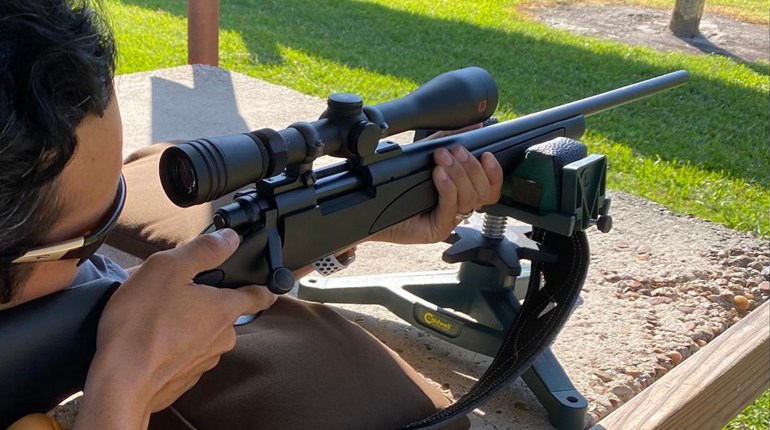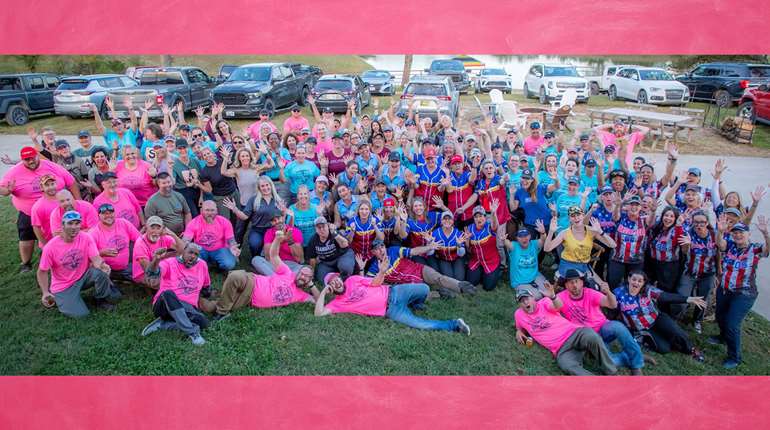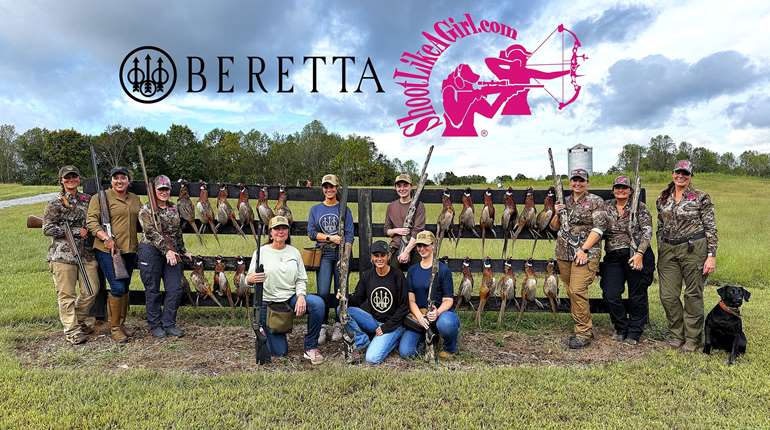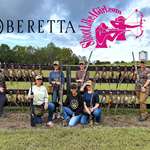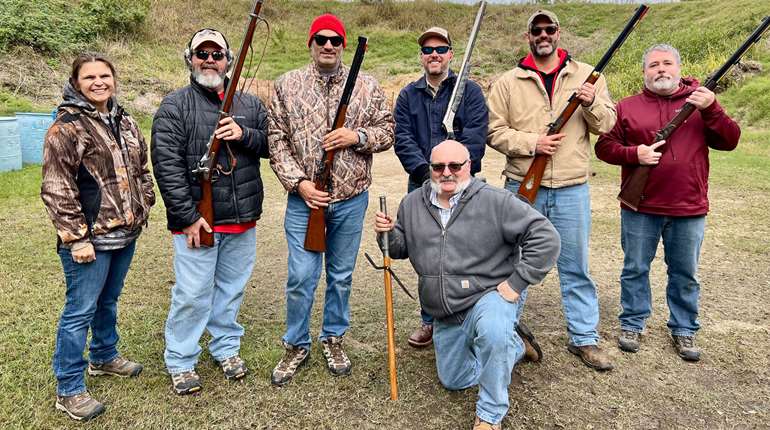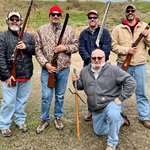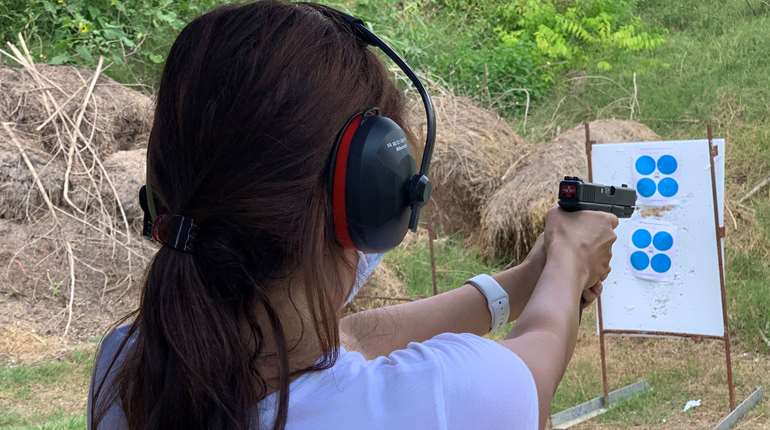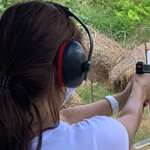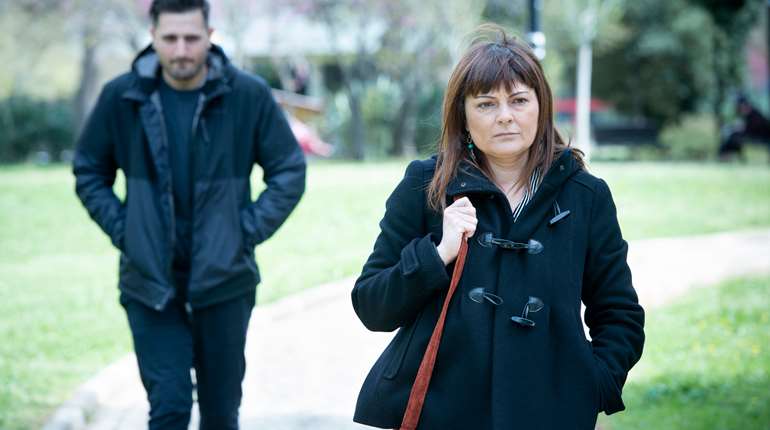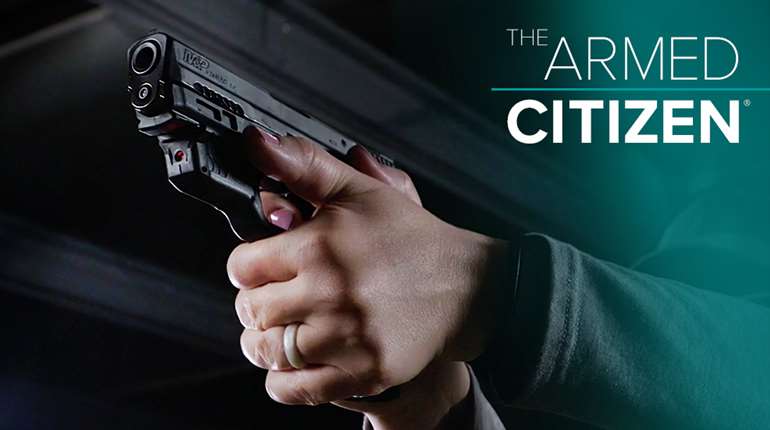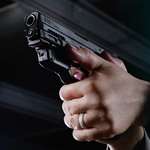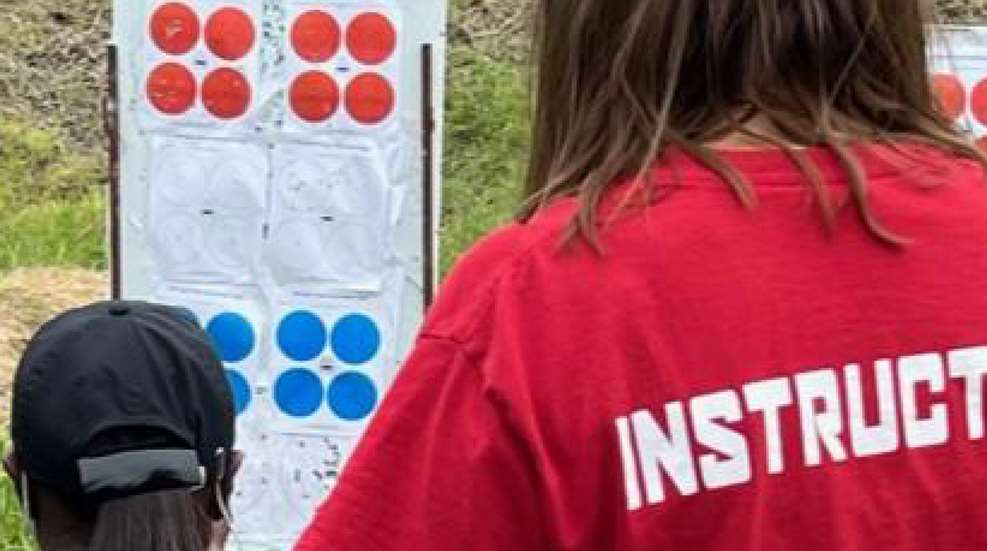
When you conduct an NRA Firearms Training course, a private lesson or any other type of firearm training, there will always be rules to follow. First are rules that everyone, including trainers, must follow are the three fundamental NRA rules for safe gun handling. These are:
- Always Keep the Gun Pointed in a Safe Direction
- Always Keep Your Finger Off the Trigger Until Ready to Shoot
- Always Keep the Gun Unloaded Until Ready to Use
The next set of rules are organizational. These include both guidelines set by the NRA as well as posted rules at gun ranges. NRA Training courses have very specific rules regarding safety set by the NRA Training Department. When conducting an NRA course, instructors are expected to follow these rules without exception. Gun range rules also apply to the specific location you are teaching, and everyone is expected to comply or face expulsion.
All firearms trainers are expected to follow the rules. As a trainer, especially an NRA Instructor, individuals trust that you will follow the rules. Often you are trusted enough to gain access to a facility before or after regular business hours or you are given access to private areas separate from the public. Any violations of the rules could result in de-certification of your instructor credentials, or you could lose teaching privileges at the gun range.
Many firearms trainers have their own set of rules that their students are expected to follow. Remember, you can choose to be stricter than the NRA rules or the gun range rules, but not less strict. Additional rules set by firearms trainers usually have to do with safety issues. The NRA rules and gun range rules are, for the most part, strictly enforced. Rules that are established by the firearms trainer can be strictly enforced or enforced on a case-by-case basis.
I have 3 rules that I set for my classes that extend beyond the NRA rules and the gun range rules where I teach.
Ammunition Must Be Identifiable
All ammunition must be identifiable. I want to know where the ammunition came from, the pressures and velocities. I never allow reloaded ammunition or loose ammunition that is brought in a can, range bag or clear storage bag. All ammunition must be SAAMI approved and in its original packaging.
SAAMI stands for Sporting Arms & Ammunition Manufacturers’ Institute. SAAMI was established in 1926 at the request of the federal government to establish parameters on safe firearm ammunition such as pressure. It is important to remember that specifications set forth by SAAMI are only guidelines and not mandatory. Not all ammunition on the market is SAAMI approved, and can be dangerous if shot out of the wrong firearm.
The original packaging will have all the information regarding the specifics of that ammunition, so I know that it is safe to shoot at the gun range where the training is taking place. Most shooting ranges do not allow steel core or armor-piercing ammunition. Without the package or box it came in at the time of purchase, it might not be detected until it’s too late.
Firearms Must Be Modern
All guns to be fired as part of our training and on the range must be modern firearms as defined by the Bureau of Alcohol, Tobacco, Firearms and Explosives (ATF). The ATF defines any firearm that is 50 years old or older as a curio or relic. Even though a firearm is safe to fire modern ammunition does not mean it is wise to do so. This is especially true if the firearm is stamped at the data stamp “For Smokeless Powder.” Firearms manufactured over 50 years ago were made with steel that is not as good as today’s steel. As a result, old firearms run the risk of splitting barrels or cylinders, even though the correct ammunition was used.
Shotguns pose a different dilemma. Older shotguns came with choked barrels instead of the threaded barrels designed to accept interchangeable chokes that are manually inserted. Antique shotguns with choked barrels are, for the most part, OK to fire lead shot if you inspect the firearm for any cracks, splits or defects in the barrel. Steel shot is much harder on barrels than lead shot. Steel shoot should never be shot out of a full-choked barrel. Use caution when shooting shotgun shells that are steel shot out of a modified or improved cylinder choked barrel.
I check for old firearms when an individual signs up for a class. I ask them to send me the make and model of the firearm they will be bringing to shoot. If the student does not know the make or model or if I think the individual has an older firearm, I ask them to send me a picture of the data stamp and any other identifying marks. Not only does this help identify antique firearms, but it gives me the opportunity to research any gun I am not familiar with so I can look up how it is operated, if there are any nuisances with this firearm, and how to properly break it down for cleaning. This way, if the student does not know how to do one of these things, I have already done my research.
Ammunition Must Match Firearm’s Data Stamp
For my classes, all ammunition must match the data stamp on the firearm the student brings to class they wish to use during range training. The data stamp on a firearm is usually on the barrel near the receiver on rifles, shotguns, and revolvers. The data stamp on pistols is located either on the slide or on the barrel, visible in the breech when the action is closed. The data stamp indicates the firearm chambering, and what your gun is safe to shoot.
There are exceptions to the data stamp rule. Even though there are exceptions, it is ultimately up to the instructor what he or she will allow in their class. I approach the rule that you can only shoot the ammunition that is reflected on the data stamp of the gun, in a case-by-case scenario. Shooting the wrong ammunition out of a firearm can have a disastrous outcome, so make sure any exceptions you allow are safe to shoot out of a particular firearm.
Most of the exceptions to the data stamp rule are found in rimmed revolver cartridges. Revolver exceptions involve substituting different calibers. The most common exceptions are shooting .38 Special ammunition out of .357 S&W Mag. revolver. Another exception is shooting .44 Spl. ammunition out of a .44 Rem. Mag. revolver.
Semi-automatic pistols usually do not have exceptions to the rule, that are safe to shoot. Pistols need to shoot what is reflected on their data stamps, meaning, you need to match up the ammunition to the firearm. The exception is the 9mm cartridge. It is very important that instructors know their 9’s. There are three common sizes of 9mm pistols. These are the 9X17, 9X18, and the 9X19. Each of these calibers only shoot one size cartridge, but each one of these has multiple names for the same cartridge. For example, the 9X18 is also called a 9 mm Kurz or 9 mm Short. The 9X18 is also called the 9 mm Makarov. The 9X19 is also called Luger and Parabellum.
As an instructor, always think ahead and try to anticipate any problems that you may encounter in your training class or firearms lessons and implement rules to mitigate them. It is important to remember that if there is an accident in your class or while conducting a live fire training session on the range, you are ultimately responsible. Be proactive and do you best to prevent accidents before they happen.








